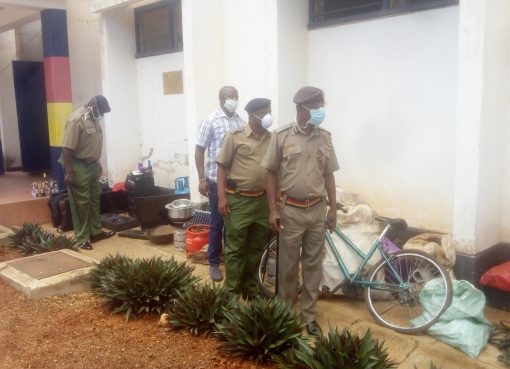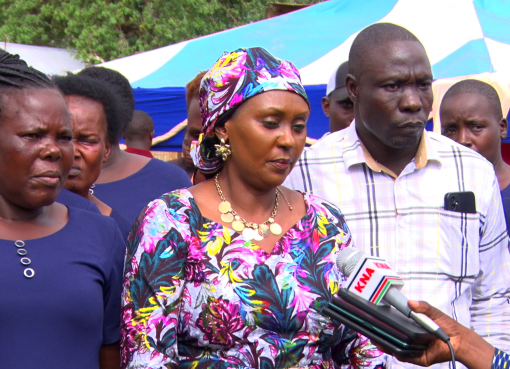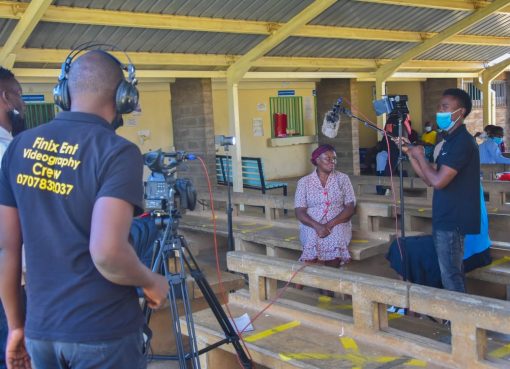A ray of hope is in the offing towards the fight against malaria following the pilot implementation of the first malaria vaccine which posted a positive impact among children.
Kate O’Brien, Director of the Department of Immunization, Vaccines and Biologicals at the World Health Organization (WHO) said that the remarkable advance is attributed to the addition of the malaria vaccine to the existing toolbox of malaria control interventions.
“Recent data shows a 13 percent reduction in all-cause mortality (excluding trauma) among children eligible for vaccination. Notably, this impact was achieved at approximately 64-74 percent coverage, previewing the likelihood of even greater impact as the coverage scales up,’’ Dr. O’Brien noted in a press release issued on Friday on the progress on how to prevent large-scale global outbreaks of vaccine-preventable diseases.
She observed that adding a malaria vaccine to the portfolio of malaria interventions is about optimizing the mix of imperfect interventions.
Dr. O’Brien points out that this move will not only ease the health burden and suffering of children and their families but also translate into substantial cost savings for healthcare systems.
The remarkable progress in vaccine impact was registered in Kenya, Ghana, and Malawi where the pilot malaria vaccine implementation was undertaken to fight the mosquito-borne disease.
In Kenya, the Center for Disease Control and Prevention (CDC) reports that there are an estimated 3.5 million new clinical cases and 10,700 deaths each year, and those living in Western Kenya have an especially high risk of malaria.
Both vaccines (RTS, S/ASO1) which received WHO recommendations in 2021 are safe and effective in preventing malaria in children and, when implemented broadly, are expected to have a high public health impact.
Nearly half a million children die from the disease each year in the African region.
According to Dr. O’Brien nine additional countries in sub-Saharan Africa are set to introduce the vaccine into their routine immunization programs beginning in early 2024 (Uganda, Burundi, Cameroon, the Democratic Republic of Congo(DRC), Liberia, Niger, Benin, Burkina Faso and Sierra Leone).
She elaborated that, “With a WHO policy recommendation for a second malaria vaccine, R21/Matrix-M, now in place, additional countries are also planning for introduction, given the expectation for sufficient supply, once the R21/Matrix-M vaccine achieves WHO prequalification. Having vaccines against malaria is a testament to the power of innovation and global collaboration in the fight against malaria.”
In global healthcare, Dr. O’Brien also revealed that concerted efforts are witnessed in the prevention of cervical cancer due to the growing momentum of human papillomavirus (HPV) vaccination programs.
It is noteworthy that the global coverage for the first dose of HPV in girls rose from 16 percent in 2021 to 21 percent in 2022.
“The scaling up is rapid in Nigeria, Bangladesh, and Cambodia which have joined the ranks of countries which include HPV vaccine in the national schedule, following Indonesia’s successful rollout. These nations, home to substantial populations, shoulder a significant portion of the global cervical cancer burden,” she reiterated.
In addition, she said, the upcoming introduction of HPV vaccination in India, and Pakistan’s announcement of their intent to join the ranks of countries protecting women from cervical cancer has elicited lots of excitement.
The DRC’s National Immunization Technical Advisory Group (NITAG) further bolstered the vaccination program, which has recommended adding the HPV vaccine to the national vaccination schedule. The seven countries collectively account for a third of the global cervical cancer burden, which will be significantly reduced in the future through HPV vaccination in the here and now.
Globally, Measles is another highly infectious disease which is making an unwanted comeback with increased reports of cases and deaths. The proportion of children receiving a first dose of the measles vaccine increased from 81 percent in 2021 to 83 percent in 2022, well below the 2019 level of 86 percent.
Other regions are also contending with outbreaks: from richer countries such as Austria and the UK to middle-income ones like Russia, South Africa and Turkey.
“Owing to decreased vaccination coverage, measles tends to resurface first due to its high contagiousness. However, declining vaccination rates set the stage for other serious vaccine-preventable diseases to reemerge,’’ Dr O’Brien clarified as she warned that measles outbreaks serve as a warning for potential outbreaks of severe illnesses like whooping cough, diphtheria, or polio.
She stressed that more support to countries under the banner of “The Big Catch-Up”, should be stepped up to re-establish routine vaccination programs, improving their coverage and reaching the most left out, wherever they are found, to prevent large-scale global outbreaks of vaccine-preventable diseases.
By Joseph Ouma and Rolex Omondi





